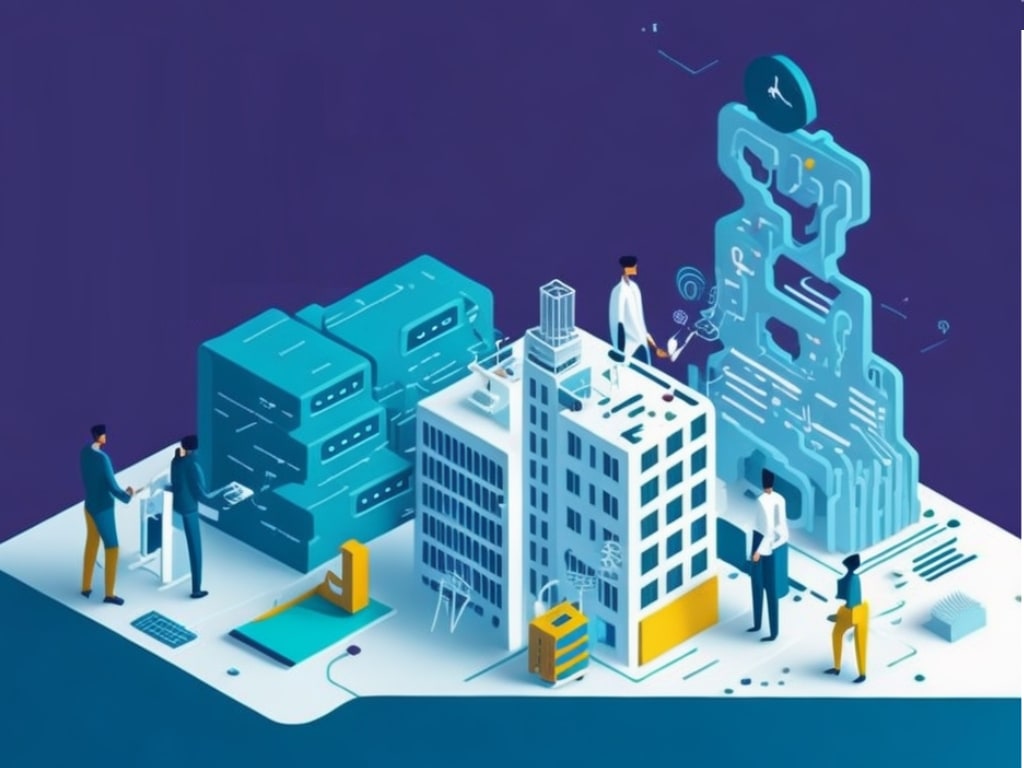
Essentials of building enterprise applications in 2023
After the COVID-19 pandemic subsided, the demand for enterprise applications has continued to increase. It will continue to go up in 2023. Such business solutions offer companies of all sizes the opportunity to become more efficient and gain advantages in the marketplace. Their purpose is to help streamline operations, boost productivity, and give a competitive edge.
Creating an enterprise application in 2023 demands meticulous preparation, proficient implementation, and comprehensive knowledge of the latest patterns and technologies. This blog post will outline the fundamentals of building enterprise applications in the upcoming year.
- Cloud-Native Architecture: Cloud-native architecture is essential when building enterprise applications in 2023. Cloud-native applications are designed to run on cloud infrastructure and take full advantage of the scalability, security, and reliability offered by cloud providers. By using a cloud-native approach, enterprises can reduce their IT costs, increase their agility, and improve their ability to respond to changing business needs.
- Mobile-First Approach: In today's fast-paced business environment, it's essential to have an application that is easily accessible from anywhere. A mobile-first approach to building enterprise applications enables employees to access the application from their mobile devices, which helps to increase productivity and collaboration.
- Artificial Intelligence and Machine Learning: Artificial intelligence (AI) and machine learning (ML) are becoming increasingly important for enterprise applications in 2023. These technologies enable applications to perform tasks such as predictive analytics, natural language processing, and computer vision. By incorporating AI and ML, enterprises can gain valuable insights into their operations, improve their decision-making process, and provide a more personalized experience for their customers. Even though businesses may not be investing right away, they should ensure that their applications are set up in such a way that it is straightforward to input data into data-driven systems.
- Cybersecurity: As the number of cyber threats continues to grow, it's essential to ensure that enterprise applications are secure. Strong authentication and authorization protocols, encryption, and regular security testing are essential for protecting sensitive business data. Constructing the enterprise network from the ground up is the best way to ensure a high level of security.
- Scalability: As businesses grow, their application requirements also change. Therefore, it is important to build an application that can scale to meet the changing needs of the enterprise. Scalability can be achieved through the use of containerization, microservices architecture, and cloud-based infrastructure.
- User Experience (UX) and User Interface (UI): A great user experience and user interface are essential for the success of enterprise applications. It's important to keep in mind that users will interact with the application on a daily basis, so it's essential to make sure that the application is easy to use and navigate. A clean, simple, and intuitive design will help to increase user adoption and engagement. As more and more users use it, the organization will reap the benefits of digital solutions.
- Portability: Ensuring portability for enterprise applications is crucial for businesses in today's dynamic and fast-paced environment. This involves abstracting and decoupling the application from any specific infrastructure dependencies, including data sources. By breaking down the functions of an application into modular components that can run on any platform, it becomes possible to seamlessly move the application to different infrastructure configurations without altering the code. This level of portability across cloud environments, container platforms, and servers enables IT organizations to avoid vendor lock-in and have the freedom to choose vendors that offer the optimal balance of cost, performance, dependability, and capabilities.
- Self-healing applications: The future of enterprise applications lies in their ability to self-diagnose and recover from issues. Self-healing applications possess the capability to monitor their own performance metrics and make adjustments accordingly. This includes the ability to dynamically scale resources based on performance needs and cost constraints, automatically redirecting traffic to healthy nodes in the event of infrastructure bottlenecks, and optimizing data caching and deployment location based on user proximity and network latency. Implementing self-healing capabilities ensures that enterprise applications are able to maintain optimal performance and availability at all times, minimizing downtime and disruptions to business operations.
In conclusion, building an enterprise application in 2023 requires a combination of technical expertise and a deep understanding of the latest trends and technologies. By focusing on cloud-native architecture, a mobile-first approach, artificial intelligence and machine learning, cybersecurity, scalability, and user experience and user interface, enterprises can create applications that will help them to streamline their operations, increase productivity, and gain a competitive edge.